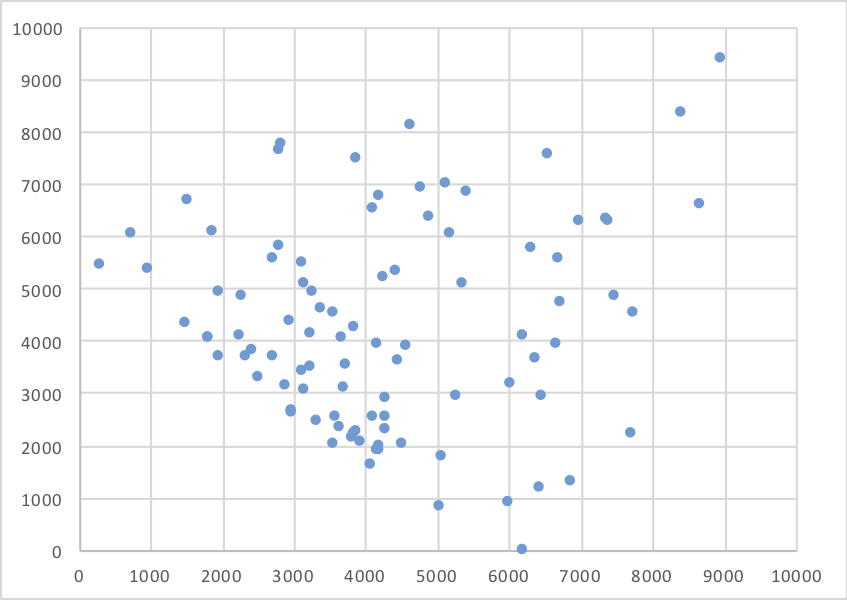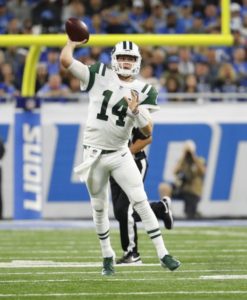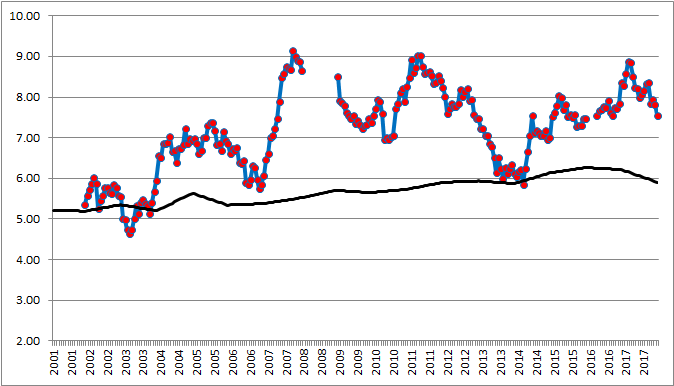There are only a few statistics that have clear long-term trends. And two of them happen to intersect in a notable way.
The NFL used to have significantly more turnovers. Both fumbles lost and interceptions thrown have been declining since the merger, and for the decades before then, too.
Another trend: field goal accuracy has gone up, consistently, for generations. Field goal attempts rose for much of history until 1974 — when the goal posts were moved 10 yards from the front of the end zone to the back — and then began rising again. As a result, made field goals have increased significantly.
There have been varying numbers of teams and games on team’s schedules throughout history, so the best way to think of some statistics is on a per team basis. To avoid too many decimals, let’s look at things on a per-100 team game basis for the remainder of this post.
In 1950, teams made 51 field goals per 100 team games, or just over half a field goal per game (they attempted about 1.2). Also in 1950: teams averaged 373 turnovers per 100 team games! In other words, in a given game, if you picked a random play, it was over 7 times as likely to be a turnover than a successful field goal.
In 1960 (NFL data only), teams made 104 field goals per 100 team games, and committed 286 turnovers. So now a turnover was 2.74 times as likely as a field goal.
In 1970, teams made 131 field goals and committed 243 turnovers per team game, making turnovers 1.85 times as likely as successful field goal tries.
By 1980, we were back down to 107 field goals (remember, the goal posts were now 10 yards back) and 232 turnovers per 100 team games, for a ratio of 2.17 turnovers to every field goal.
In 1990, teams made 132 field goals per team game and had 199 turnovers, the first season where teams averaged fewer than two turnovers per game. This was a ratio of 1.51 to 1.
In 2000, teams kicked 147 field goals per team and and had 188 turnovers, meaning there was only 1.28 turnovers for every successful field goal.
In 2008, teams made 165 field goals per team game and committed just 155 turnovers, the first season where there were more field goals made than turnovers forced.
And last year, in 2017, teams averaged 169 field goals per team game and only 138 turnovers, for a rate of 0.82 turnovers per field goal, the single lowest rate in NFL history.
But despite all the words I just wrote, one picture is worth more than all of them. The graph below shows the turnovers committed and field goals made per 100 team games.

Pretty crazy, eh? Entertainment is subjective, of course, but declining turnover rates and increasing field goal rates do not seem like steps in the direction of a more entertaining game.









